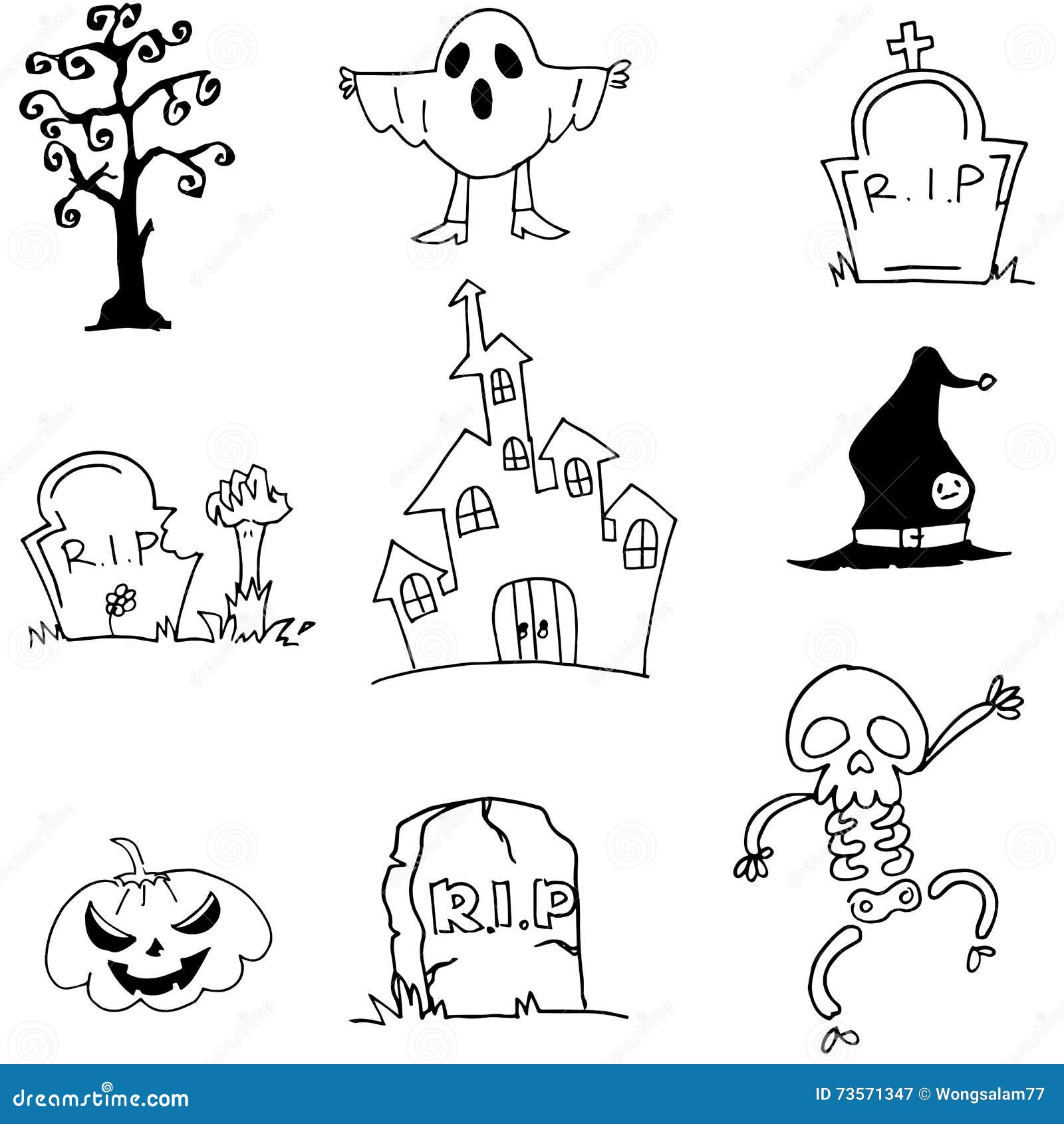

It declutters your thoughts, frees from mind-boggling, and enables you to think out of the box.Ī little humor is a stress buster: While you’re churning out designs after design, it’s essential to take time to laugh. In return, you get a self-soothing experience. It helps you to let you’re holding tight. When you doodle, you allow your mind to open up. Promotes catharsis: When you have a deskbound job, it’s normal to have a creative block. Doodle de-stress and help in memory retention. Beat your meeting fatigue with the therapeutic art form. Level up your attention span: Doodle your way to increase your focus. Everything you make is backed with an artist mindset. There’s an emotion involved that can’t survive without creativity. Way to unleash your creativity: Nothing you scribble on a piece of paper or PC is by accident. From a book cover to logo design, doodles are non-verbal messages. From unconscious to quick marks, it can take many forms, patterns, or designs. While many say that doodling is drawing aimlessly, others suggest there’s power and purpose in doodling. While these art forms emerged, it wasn’t just about drawing. You can still find the tablets from Mesopotamian societies. Around 3200 BC, the pictures advanced to clay tablets. Most of their drawings used stones and sticks as a tool to engrave. Our ancestors carved on the cave walls to tell their stories. So, what’s a doodle? Doodling – An overviewĭoodling can be dated to the oldest cave paintings 40,000 years ago. Whether it’s about venting your emotions or just killing time, there’s a lot you don’t know about doodles. Imagine the number of times you’ve dashed off in the middle of a meeting. If you say it’s just a kid’s thing, you’re downplaying doodles. As a grown-up, this can be a significant throwback or make you go nuts.

You’ve used every inch of the wall to express yourself.

If you think doodling is a way to goof off, think of days you scribbled on walls with colors as a toddler.


 0 kommentar(er)
0 kommentar(er)
